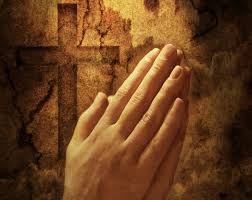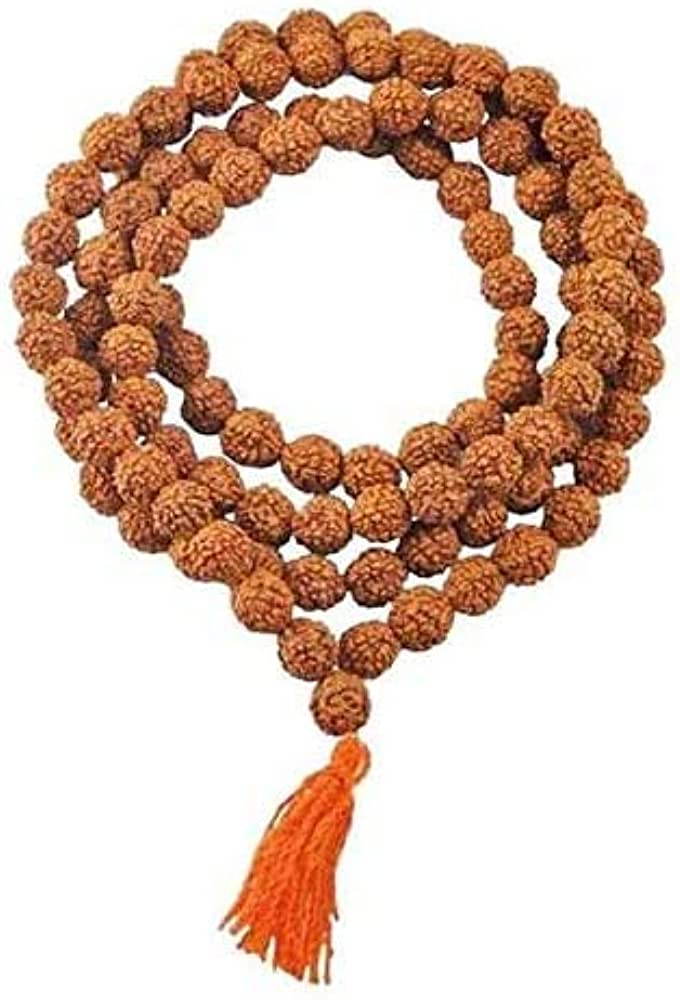Why Namaste?
Why Namaste?
In various religions, there are many signs, customs and traditions about greeting the good men, elders and God. The method of greeting in Hinduism is very pure and praiseworthy. Hindu scriptures do not accept any such method of greeting that causes the vibration waves of the body to be absorbed and creates evil paths.
Usually, the elders and superior people move their hands on the head and back of the younger ones to bless them. On such occasions, that person knowingly or unknowingly provides the global vibration waves through his loving hands. Generally, it is appropriate to greet on the way with an eye signal or by joining hands. In both the methods, bowing the head is important. By bowing the head, the humility of the person greeting is expressed. The head is also bowed while accepting the greeting, but this is a sign of accepting the greeting. Apart from this, there is a method of bowing and greeting the adults or elders. In this also, to express respect, it is preferred to greet by placing the head on the feet.
While saluting a good man, there is a practice of doing Shastanga Dandavat. Touching the two breasts, two hands, two knees and two feet to the ground and bowing the head to greet is Shastanga Namaskar. Shastanga Namaskar implies unconditional surrender. There is a practice of doing Shastanga Pranam in the temple as well. This practice is slowly disappearing in today's times. People do not do Shastanga Namaskar for fear of dirtying the precious clothes of the body.
In the Meenakshi Temple of Kanyakumari and Madurai in South India, every man has to take off his kurta and vest and go for Darshan with bare body, the purpose of which is that every visitor going to the temple can do Shastanga Pranam without any hindrance, without any discrimination of rich-poor and young-old.
After doing Aarti in Dev Pooja, Shastanga Pranam is prescribed. If it is impossible to do Shastanga Pranam, then do Namaskar by keeping the head on Chaurang. Keeping the head on the feet and doing Namaskar is considered respectable in many sects and reprehensible in some sects. There is no negative reaction by doing Namaskar with folded hands. Therefore, such Namaskar is accepted everywhere. But keeping the head on the feet can be a topic of discussion. If considered from the social point of view, hypocrisy spreads due to this method of Namaskar. Some people do Namaskar by keeping their head on the feet of an elder person and some people do Namaskar by folding hands. At such times, the people who do Namaskar with folded hands are considered to be faithless, modern thinkers and atheists.
In some sects, there is a tradition of bowing down and greeting each other. From one point of view, this tradition is beneficial because they do not have a sense of high and low. In their view, God resides in the eyebrows of every person. When we bow down to greet, then as a synonym, we bow our heads to God as well. In this way, the roles of bowing down and greeting are visible in the society. When the greatness and superiority of a person is universally accepted, there is no objection in bowing down and greeting them or keeping your head at their feet. At such times, the person accepting the greeting is like God and the one who greets is like the soul.
If the soul bows down in front of the immortal God, then there is no objection in it. But if there is a lack of religious atmosphere in public places and the person bows down and greets, then he becomes an object of condemnation. If there is a religious ceremony, then bowing down to high personalities by keeping the head at their feet increases the seriousness in the atmosphere. But if a high-ranking person is controversial in any way, then instead of touching his feet, it is better to greet him from a distance. If you feel shy in bowing down and greeting him, then pretend to bow down and touch his feet with your hands. This respects the feelings of others.


